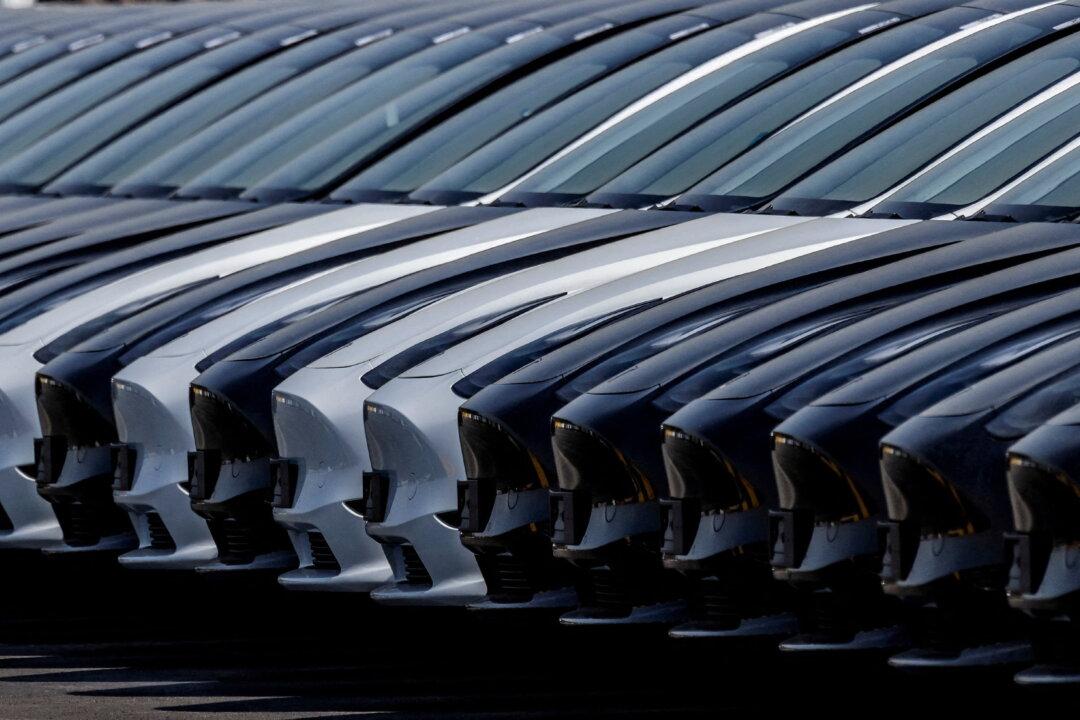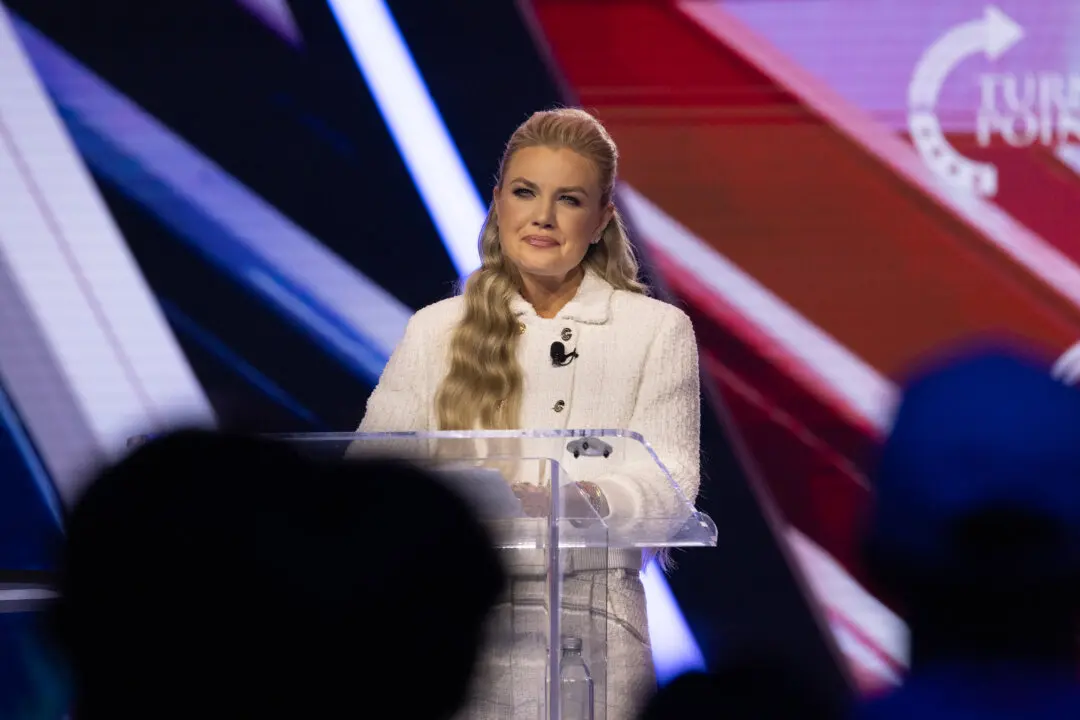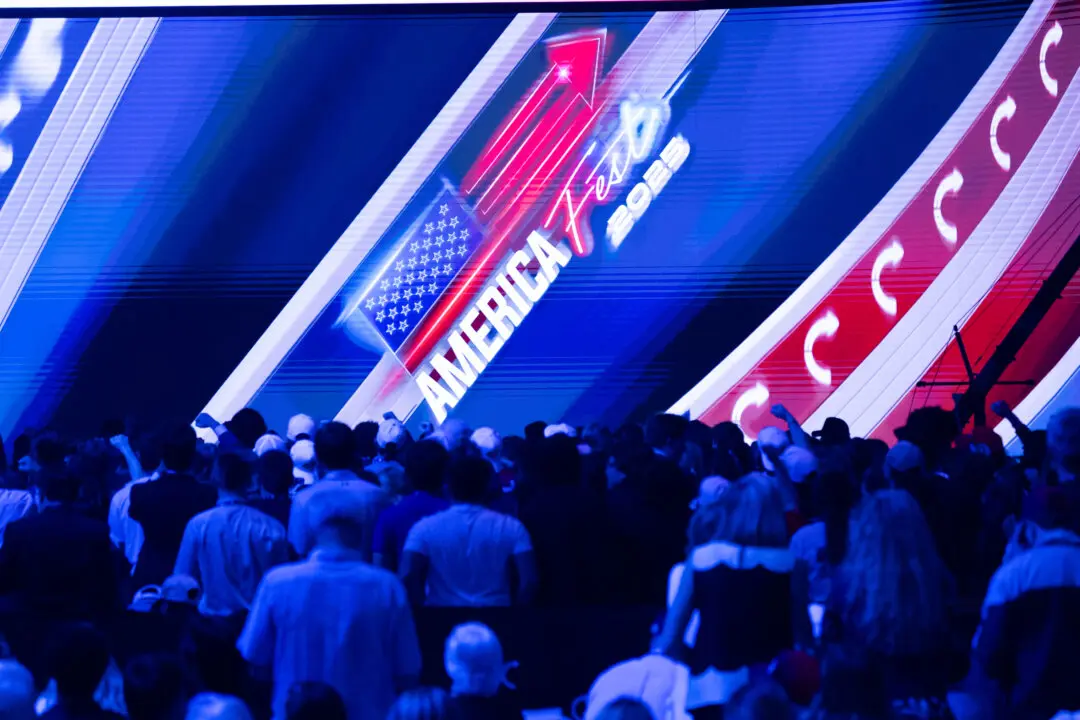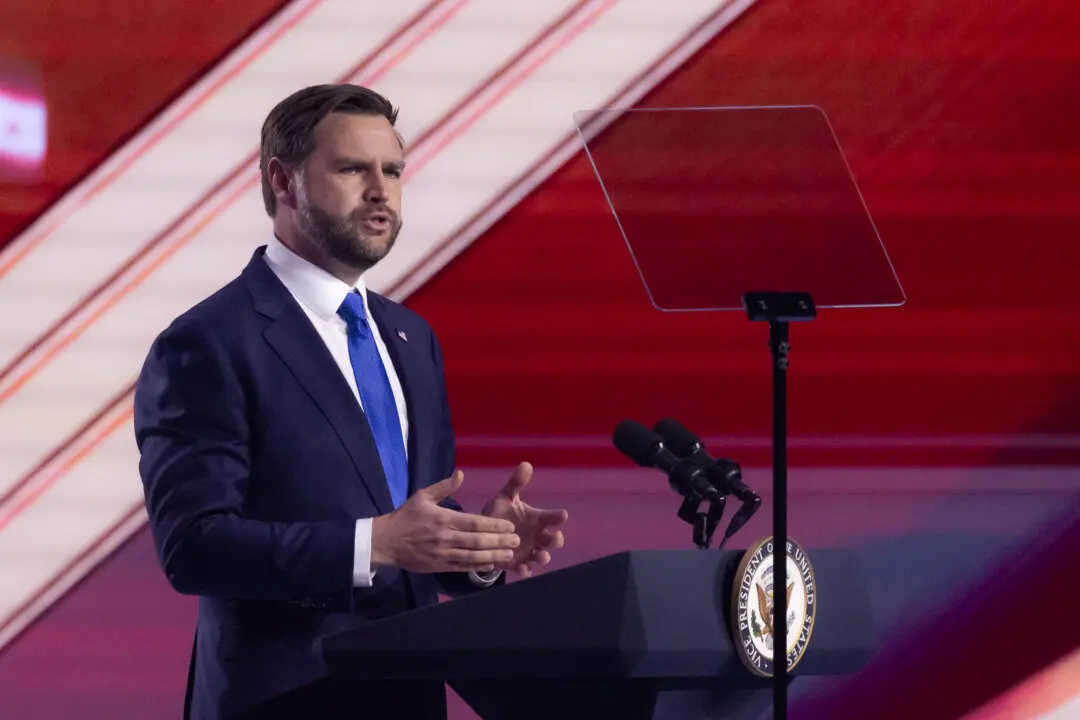Trump administration veterans have questioned the Biden administration’s proposed electric car rules, arguing that they could be a pretext for radically slashing private vehicle ownership.
Mike McKenna, a deputy assistant to President Donald J. Trump, told a Heritage Foundation panel that the Environmental Protection Agency’s April proposal is actually about “getting rid of cars” in large numbers.





